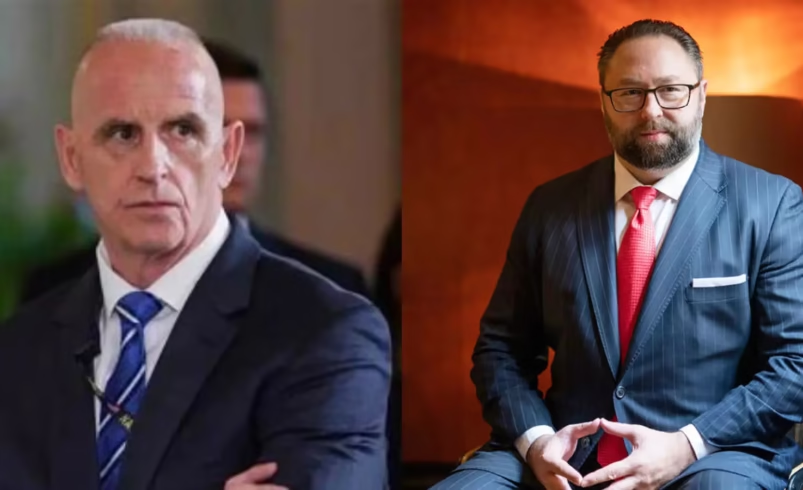Influence Battle: Miller vs Schiller in Trump’s Inner Circle
- August 9, 2025
- 0

The political scene in Washington is currently characterized by a clear division between those with influence and those without, significantly affecting international lobbying efforts. This division is particularly evident in the context of India’s attempts to navigate tariff disputes with the United States. Despite enlisting the services of Jason Miller, a known political strategist, India faces hurdles as Keith Schiller, Pakistan’s lobbyist, appears to wield more influence with President Trump. This situation highlights the complexities of international diplomacy and lobbying in the current U.S. administration.
India’s decision to hire Jason Miller was strategic, aimed at strengthening its position in negotiations over tariffs. Miller’s experience and connections were expected to facilitate smoother communication with the Trump administration. However, the anticipated benefits have not fully materialized, as India’s approach remains more reserved compared to its counterparts.
On the other hand, Keith Schiller, representing Pakistan’s interests, has seemingly gained a stronger foothold within Trump’s circle. His direct approach aligns well with President Trump’s preference for straightforward engagement from foreign leaders. This dynamic places India at a potential disadvantage, as its diplomatic style tends to be more cautious and indirect.
The contrasting strategies of Miller and Schiller underscore the importance of understanding and adapting to the preferences of key political figures. For India, this means reassessing its lobbying tactics to better align with Trump’s expectations. The outcome of this influence battle could have significant implications for future U.S.-India relations and the broader geopolitical landscape.